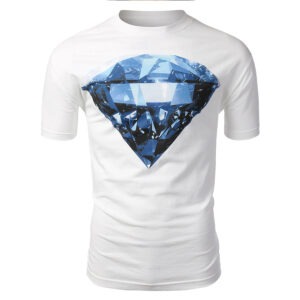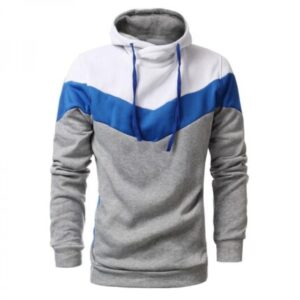Varsity Jacket Manufacturing Description
The manufacturing process of a varsity jacket involves several key stages, each crucial for ensuring the final product meets high standards of quality and style. Here’s a comprehensive description of how varsity jackets are typically manufactured:
1. Design and Planning:
- Concept Development: The process begins with the design phase, where the jacket’s style, color scheme, and features are determined. Designers create detailed sketches and specifications, including fabric types, colors, and embellishments.
- Material Selection: High-quality materials are chosen for durability and comfort. Commonly used fabrics include wool or polyester for the body and leather or faux leather for the sleeves. The lining is often made from smooth polyester or satin.
2. Fabric Sourcing and Preparation:
- Fabric Procurement: Materials are sourced from suppliers based on the design requirements. The fabrics are tested for quality, including factors like colorfastness, durability, and feel.
- Cutting: Once the fabrics are received, they are cut into various pieces using precision cutting tools or machines. Patterns are laid out to maximize fabric use and reduce waste.
3. Construction:
- Assembly: The jacket pieces are sewn together in a sequence that includes attaching the sleeves to the body, sewing the side seams, and adding any decorative elements such as stripes or patches. High-quality stitching is used to ensure durability.
- Details and Embellishments: Features like ribbed cuffs, collar, and hem are added. Embroidered or appliqué logos, numbers, or letters are applied to personalize the jacket and enhance its varsity appeal.
- Zippers and Buttons: Front closures, including zippers and snap buttons, are installed. These are chosen for their functionality and aesthetic appeal.
4. Quality Control:
- Inspection: Each jacket undergoes a thorough quality control process to check for defects, such as stitching errors, fabric imperfections, or uneven coloring. This ensures that only high-quality products reach the customer.
- Final Adjustments: Any necessary adjustments are made, including fixing minor defects and making sure all components are securely attached.
5. Finishing Touches:
- Pressing and Shaping: The jackets are pressed to remove wrinkles and give them a polished appearance. This step also ensures that the jacket maintains its shape and structure.
- Labeling: Care labels, brand tags, and size labels are sewn into the jacket. These labels provide essential information about the jacket’s care instructions and sizing.
6. Packaging:
- Packaging: The finished jackets are carefully folded and packed into protective plastic or cardboard packaging. This helps maintain their quality during transportation and storage.
- Distribution: The jackets are shipped to retailers or directly to customers, depending on the




























Be the first to review “𝐊𝐚𝐧𝐬𝐚𝐬 𝐂𝐢𝐭𝐲 𝐑𝐨𝐲𝐚𝐥𝐬 𝐒𝐤𝐲 𝐁𝐥𝐮𝐞 𝐕𝐚𝐫𝐬𝐢𝐭𝐲 𝐉𝐚𝐜𝐤𝐞𝐭”